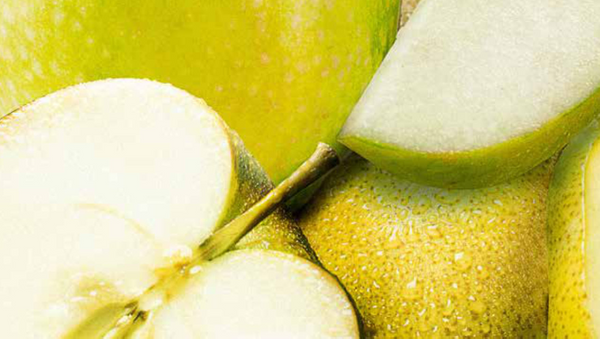
Nearly all of the taste of whisky comes from its contact with oak casks. Though every whisky has its peak maturation point, the general rule is: younger whisky has more distillery character, older whisky more cask influence. There is, however, much more to it than that.

Let us show you how whisky is made, and what makes a good whisky. An ancient process that’s been refined The perceptions of fruity flavours differ slightly around the world, but can often be split into four areas; tropical fruits such as mango and banana, orchard fruits such as apples and pears, citrus fruits such as grapefruit and lime, and dried fruits such as raisins and dates.

To some, smoky flavours all taste the same. To others, smoky flavours can be split into two different areas; fresh woody flavours, and more earthy flavours such as peat smoke, dark roast coffee and cigars.

Spicy flavours generally fall into two areas: sweet, aromatic warming spices such as cinnamon, cloves and nutmeg, and burning spices such as bird's eye chillies and jalapeño peppers.

Sweet flavours typically fall into three areas; confectionary sweetness such as honey, chocolate and pie crust, caramelised sweetness such as toffee apples, golden syrup and fudge, and vanilla sweetness such as custard, marshmallows and vanilla ice cream.